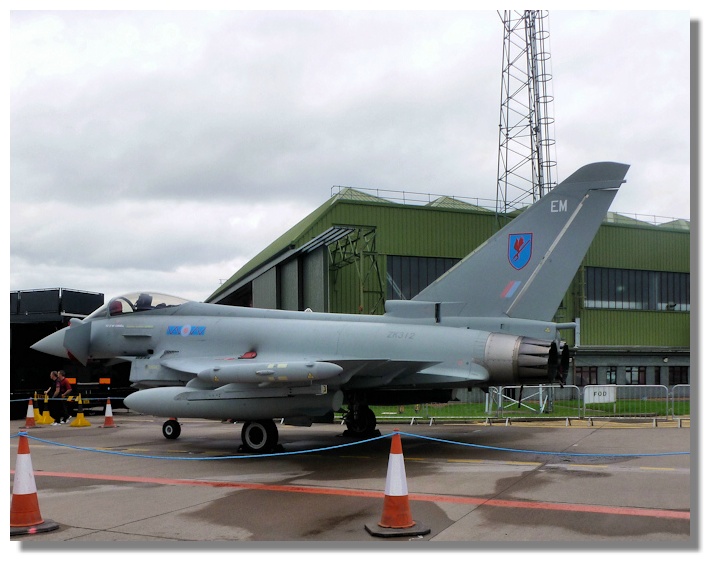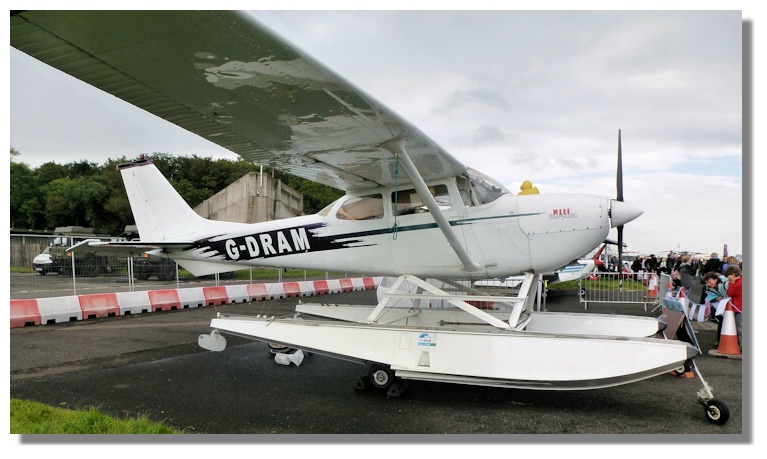Scottie's Monthly Photo Diary
- Battle of Britain Air Display, Leuchars, September 2011
Background
Each year in September, Royal Air Force bases across the UK host an air display of mainly military aircraft to commemorate the Battle of Britain which took place in August/September 1940, when the small number of Royal Air Force pilots and support staff turned the tide of World War II. The RAF base at Leuchars in Fife is one of the air bases which holds such an air display and this year I managed to get along to take some photos of the static and a good part of the flying display. Here's a selection of what was on display.
The Patrouille Acrobatique de France (or French Acrobatic Patrol) is also known as the Patrouille de France is the precision aerobatic demonstration team of the French Air Force (Arm$rbsStA99*e de l'Air). Originating in 1931, it is one of the world's oldest and most skilled demonstration teams. Pilots currently fly the Dassault-Breguet/Dornier Alpha Jet. This was the line-up of the aircraft just before they took off for their performance.
In 2009, the Patrouille de France achieved a world first when Commandant Virginie Guyot was appointed leader, becoming the first - and so far only - woman to lead a demonstration aerobatic team.
Since the French tricolour (three colours) flag is made up of red, white and blue the team uses these colours when smoke is added to the engine exhaust to create an extra effect and showing where the aircraft have been. Here, the formation is exploding into different directions.
Earlier this year the Royal Air Force "Red Arrows" display team 9which was performing later in this show) lost one of its pilots when one of the aircraft crashed during a performance. Such tragedies don't seem to affected the brilliant, close flying at high speed which is a feature of all such aerobatic teams.
Well, I suppose one aircraft flying upside down does help the pilot to see where the other aircraft is located!
More close-up flying at high speed.
A change of pace here as the replica World War I S.E.5A biplane gives its solo performance. Together with the Sopwith Camel, the S.E.5 (Scout Experimental 5) was instrumental in regaining allied air superiority in mid-1917 and maintaining this for the rest of the war. It was one of the fastest aircraft of the war at 138 mph (222 km/h), equal at least in speed to the French SPAD S.XIII and faster than any standard German type of the period.
The S.E.5A served in the Royal Flying Corps(the predecessor of the Royal Air Force, United States Army Air Service and Royal Canadian Air Force. Many of the top Allied aces flew this fighter, including Billy Bishop, Edward Mannock and James McCudden. McCudden wrote of the S.E.5A "It was very fine to be in a machine that was faster than the Huns, and to know that one could run away just as things got too hot." McCudden, one of the most decorated soldiers of the First World War with a VC, DSO & Bar, MC & Bar, MM and with 57 enemy aircraft shot down, didn't run away very often in his S.E.5A.
For many years the UK's nuclear deterrent force was provided by the so-called "V-bombers" consisting of the Vickers Valiant, Handley-Page Victor and the Avro Vulcan. When the force was replaced by Polaris submarines many of these aircraft were scrapped but a band of enthusiasts managed to collect enough money to not only save one Avro Vulcan from the scrapyard but to get it airworthy again. The large delta-wing bomber provides an impressive display at a number of air shows.
This Avro Vulcan is the only airworthy example of the 134 Avro Vulcan V-bombers that were operated by the Royal Air Force from 1953 until 1984. Vulcan XH558 served with the RAF between 1960 and 1985 and then the RAF operated XH558 as a display aircraft from 1986 until 1992, when budget cuts forced its retirement. It is presently operated by the "Vulcan to the Sky Trust" as a display aircraft, funded entirely by charitable donations and the UK Lottery's Heritage Fund.
The Blades aerobatic team is an unusual one. Their company, 2Excel Aviation Ltd, was founded in 2005 by former Royal Air Force as Wing Commanders who have created the UK's only full-time civilian formation display team. They provide great corporate flying events and exceptional air displays.
The Consolidated PBY Catalina was an American flying boat of the 1930s and 1940s produced by Consolidated Aircraft. It was one of the most widely used multi-role aircraft of World War II.
During World War II, they were used in anti-submarine warfare, patrol bombing, convoy escorts, search and rescue missions and cargo transport. Operated by the RAF and the Royal Canadian Air Force, Catalinas carried out vital missions in the Battle of the Atlantic protecting convoys. It was a Catalina that spotted the German battleship Bismarck leading to its sinking by Fleet Air Arm Swordfish torpedo carrying biplanes.
This Catalina is registered in the UK civil list as G-PBYA but its current colour scheme represents a wartime USAAF OA-10A Catalina 44-33915 of the 8th Air Force 5th Emergency Rescue Squadron. The aircraft was originally ordered for the Royal Canadian Air Force as a Canso A amphibian, equivalent to the US Navy PBY-5A.
This colourful General Dynamics F16 Fighting Falcon from the Royal Netherlands Air Force gave a noisy and impressive display, though like all the other aircraft flying at Leuchars at the air show it was hampered by a low cloud base.
I've seen many displays by the Royal Air Force "Red Arrows" aerobatic display team. Unfortunately I missed their display at Leuchars this year because there was a heavy fall of rain during the afternoon and like any others there that afternoon I got soaked - and decided to head home early. So although I saw the Red Arrows landing and got this photo of them parked, I missed their flying display. I was consoled by the thought that with the rain clouds having rolled in their thrilling performance was probably constrained by the low clod and poor weather!
In addition to the red painted Red Arrows Hawk T1 aircraft the team is supported by this more soberly painted example of this trainer.
There was a large display of static aircraft at Leuchars, including this line-up of helicopters which included an Agusta Westland EH101 Merlin, Eurocopter Squirrel and a Puma HC1. There was also a Boeing Vertol CH-47d Chinook in the static display.
Although there were not as many US Air Force aircraft in this Battle of Britain air display (due perhaps to operational commitments around the globe) this McDonnell Douglas F15e Strike Eagle stood out on the tarmac. The F-15E was designed in the 1980s for long-range, high speed interdiction without relying on escort or electronic warfare aircraft. It was deployed in Operation Desert Storm, Operation Allied Force and Operation Odyssey Dawn carrying out deep strikes against high-value targets, combat air patrols, and providing close air support for coalition troops.
McDonnell Douglas F4K Phantom used to form the backbone of RAF Fighter Command, fitted with British Rolls-Royce Spey engines and of British-made avionics. Around 15 RAF squadrons received various marks of Phantom. The first to be equipped was No. 6 Squadron at RAF Leuchars in July 1969. One noteworthy deployment was to No. 43 Squadron, where Phantom FG1s remained the squadron equipment for a remarkable 20 years, arriving in September 1969 and departing in July 1989. During this period the squadron was based at Leuchars.
Today, the main combat aircraft of the RAF is the Eurofighter Typhoon, seen here. The aircraft has entered service with the German Luftwaffe, the British Royal Air Force, the Italian Air Force, the Spanish Air Force, the Austrian Air Force and the Royal Saudi Air Force.
"Scotland on Floats" operates this Reims/Cessna FR172F "Reims Rocket" which is the first (and so far, only) certificated amphibious Cessna 172 in Europe.
If you want to read the other Diary entries going back to 2009, there is an Index page.
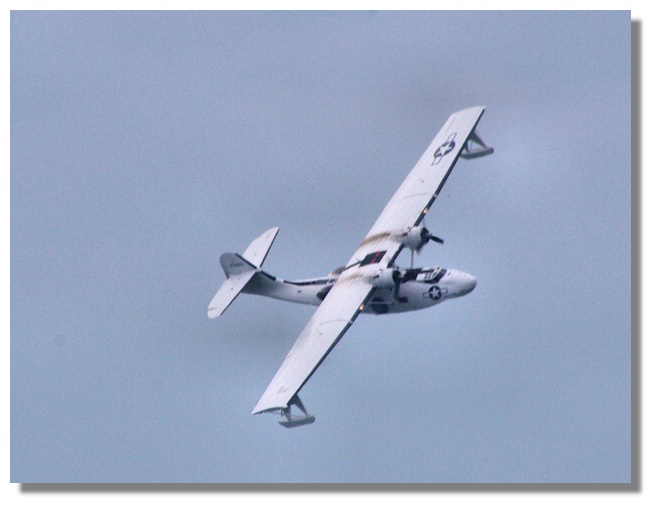
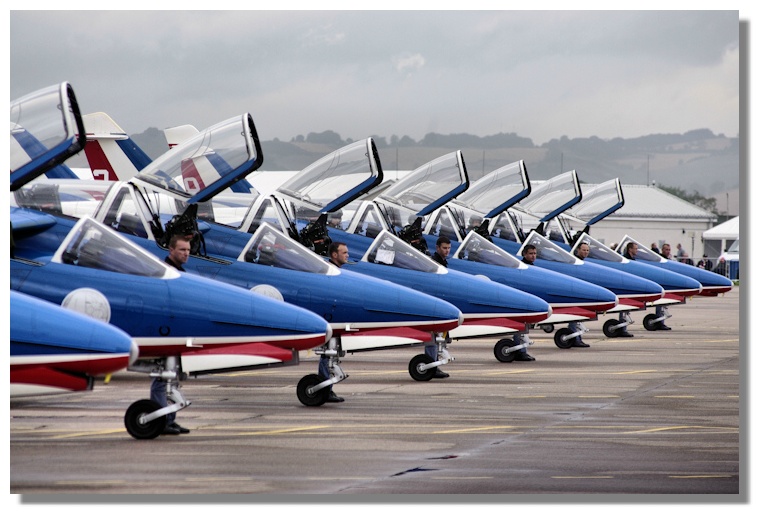
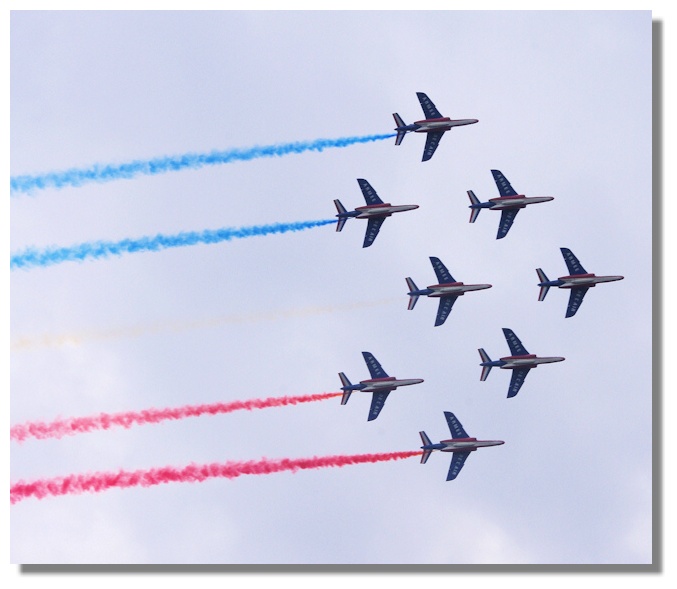
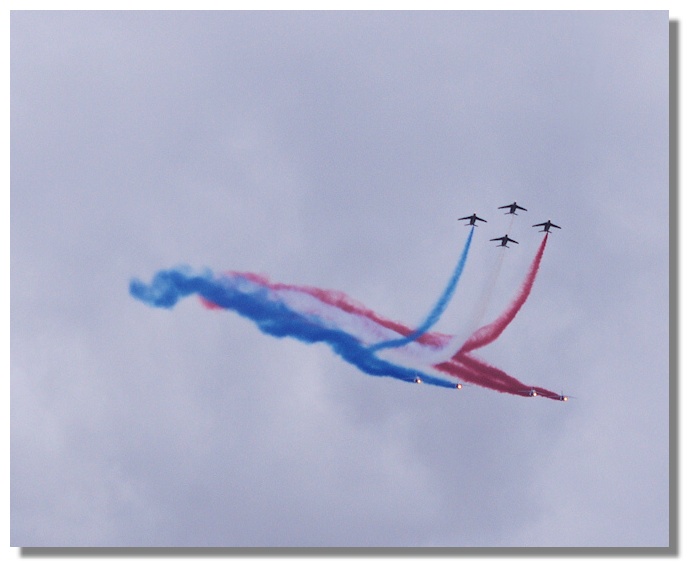
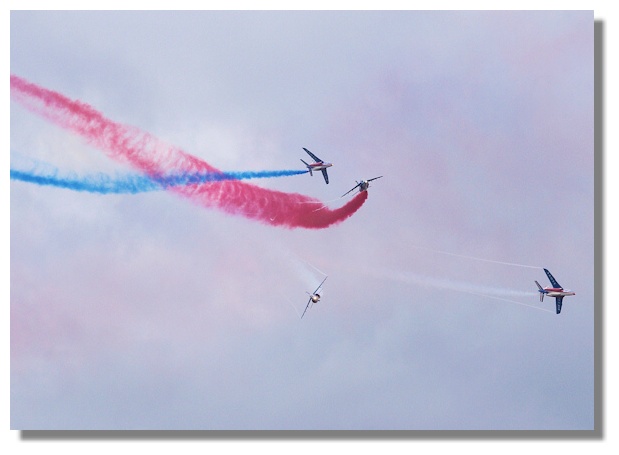
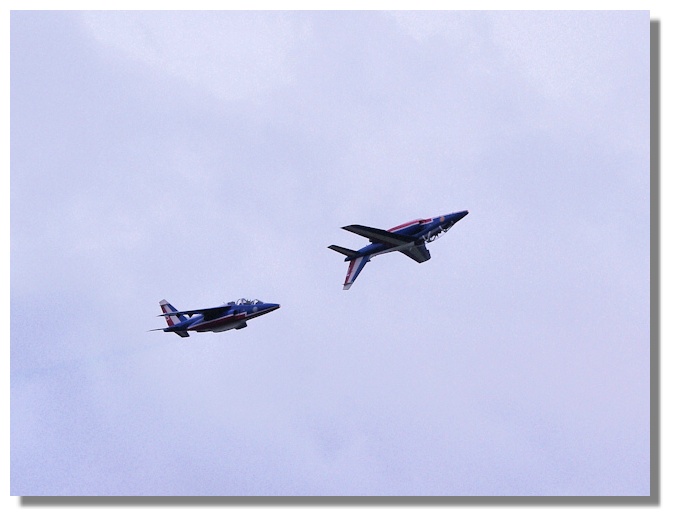
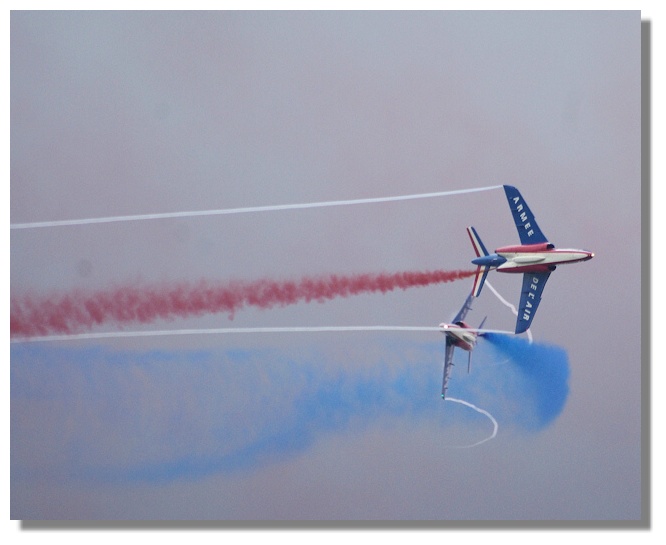
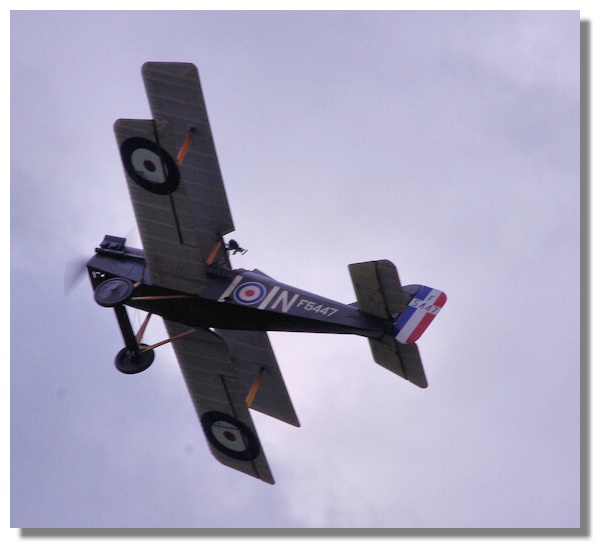
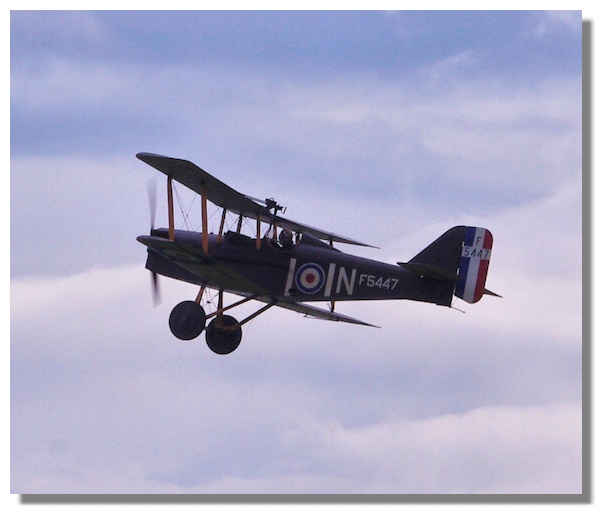
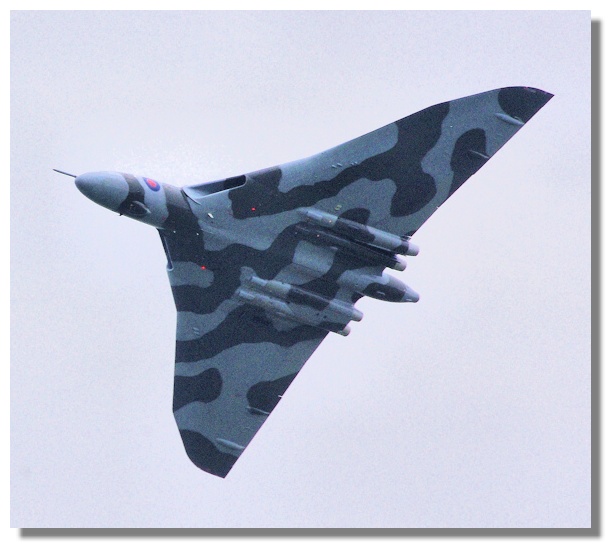
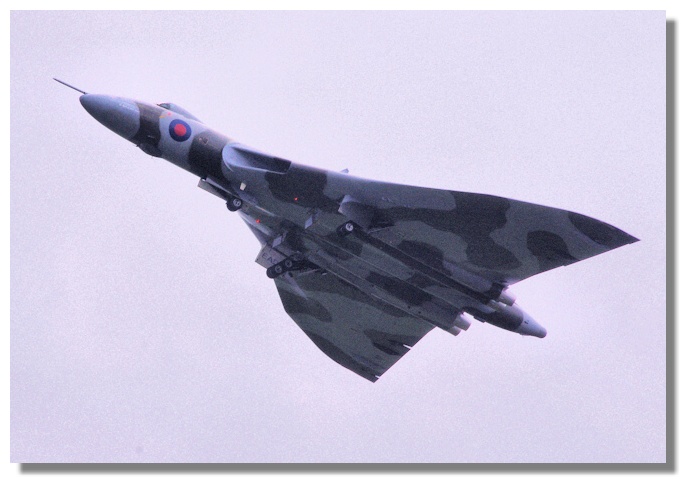
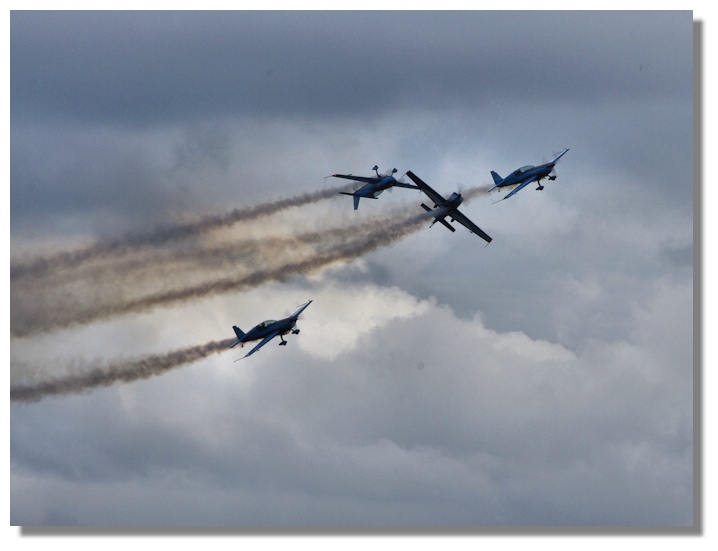
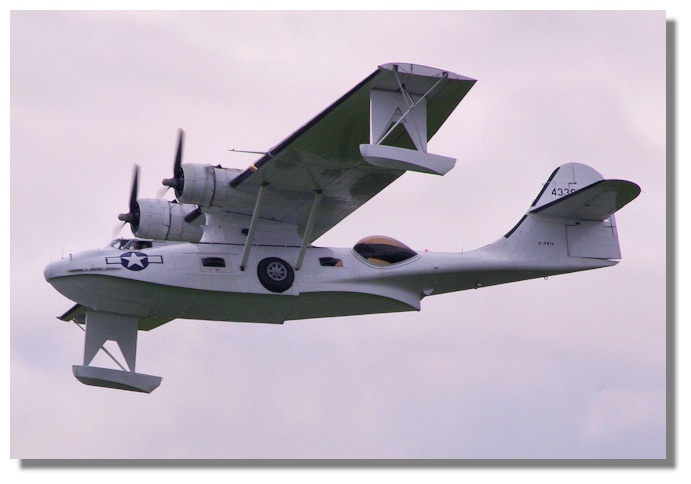
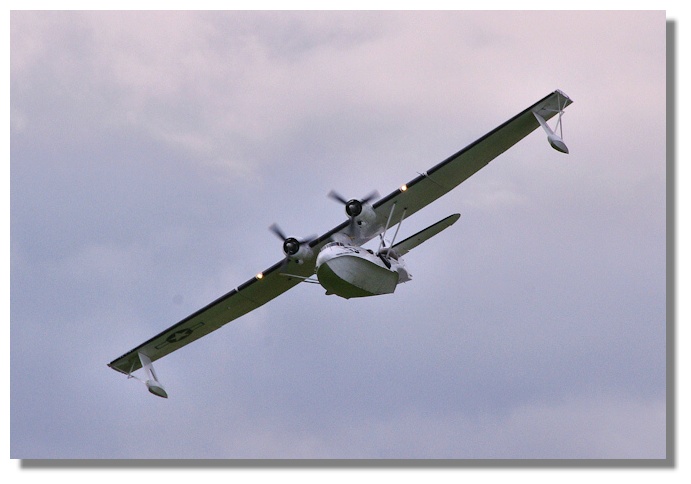
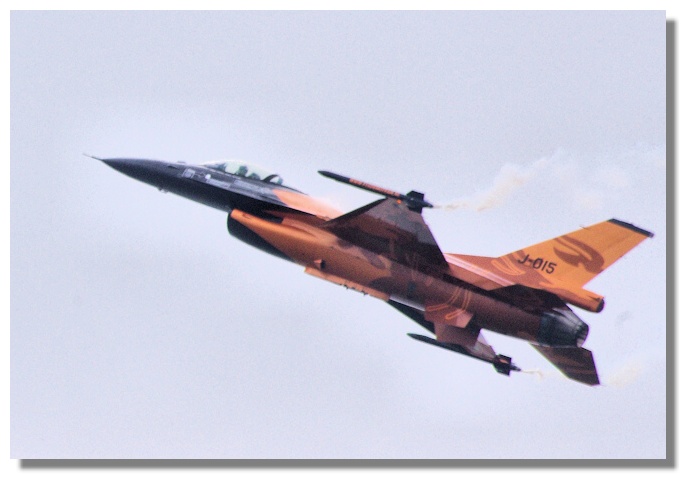
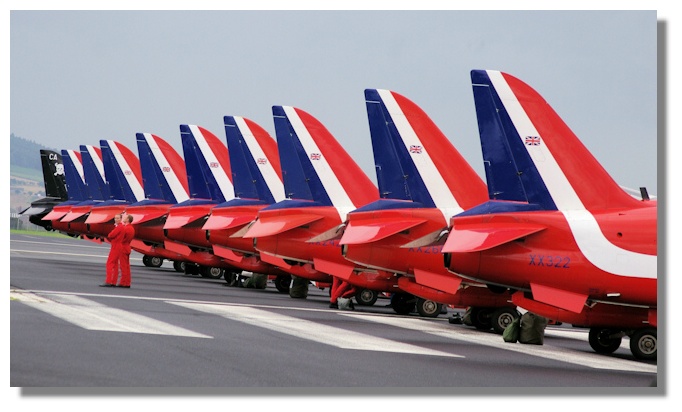
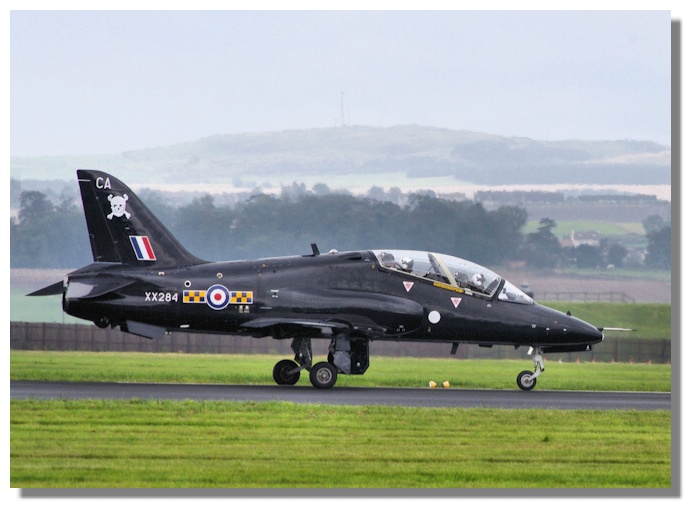
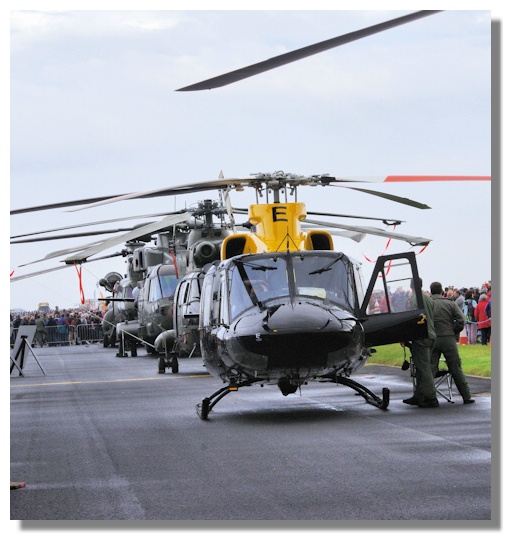
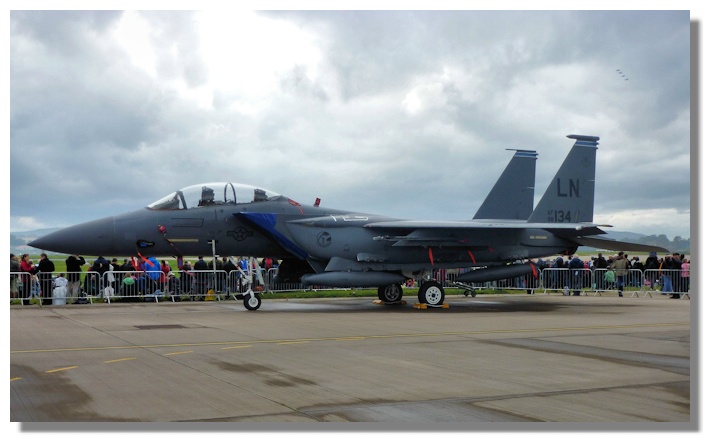
XV582_leuchars_p0904d.jpg)
